Last Updated: August 17, 2025
Buner Flood 2025: Full Story, Damages, Safety Tips, and Future Risks
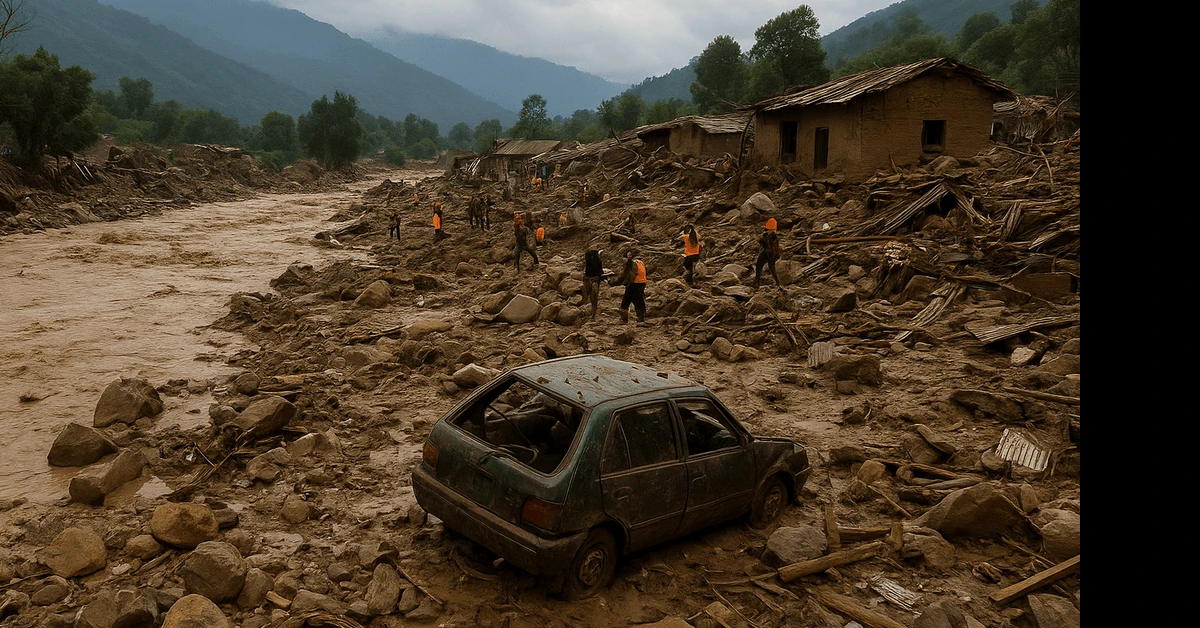
When the mountains of Buner roared this August, few realized they were witnessing one of the deadliest floods in Pakistan’s recent history. A sudden cloudburst dropped more than 150mm of rain within an hour, turning calm streams into raging rivers of mud, stone, and destruction. Villages were swept away in minutes, families torn apart, and the landscape left unrecognizable.
A Night That Changed Everything
Aziz Ahmed, a schoolteacher, recalls the deafening thunder and sudden darkness. “It felt like the sky itself was falling,” he said. Within minutes, torrents of water and boulders crashed through his village. What was once a bustling community turned into silence and rubble.
Scale of the Destruction
- Over 270 lives lost in Buner alone, with hundreds still missing.
- Entire families wiped out — in Qadar Nagar, 24 members of a single family perished when their house collapsed.
- Villages like Beshonai vanished almost overnight, leaving behind nothing but mud and stone.
- Bridges, roads, and houses were destroyed, isolating communities from rescue teams.
- A rescue helicopter crash added to the tragedy, killing five aid workers on duty.
Why Did This Happen?
The flood wasn’t just a natural disaster — it was a mix of climate change, poor infrastructure, and lack of preparedness:
- Cloudburst intensity: Sudden localized rainfall overwhelmed rivers and slopes.
- Climate change: Monsoon rains in Pakistan have increased by 50–60% compared to past years.
- Vulnerable topography: Buner’s mountainous terrain funnels water downhill at deadly speeds.
- Poor planning: Homes built on slopes or riverbeds stood no chance against the torrent.
- Lack of warnings: Alerts did not reach many villagers, leaving them unprepared.
Safety Tips for the Future
If another flood strikes, survival will depend on awareness and preparation. Here’s what communities and families must adopt:
- Recognize early signs: Sudden thunder, rapidly rising water, or unusually heavy rain are red flags.
- Move to higher ground: Always know the nearest safe elevated location.
- Emergency kits: Keep water, torches, first aid, and food supplies ready.
- Boil water & maintain hygiene: Floodwaters carry deadly infections.
- Community drills: Villagers should plan evacuation routes and practice regularly.
- Reinforce infrastructure: Avoid constructing homes near slopes or water channels.
- Strengthen warnings: Use mosque loudspeakers, mobile alerts, and radios for fast warnings.
Future Risks — Will Buner Face More Floods?
Experts warn that monsoons will only get worse as global warming accelerates. Pakistan’s north is likely to see more cloudbursts, landslides, and flash floods in the coming years. Without improved forecasting, stronger infrastructure, and trained local response teams, future floods may bring even greater destruction.
Relief operations have begun, with the army and provincial authorities working to restore roads and provide aid. Yet the clock is ticking — September’s rains may bring new threats before recovery even begins.
Conclusion
The Buner flood of 2025 is not just a tragedy — it is a warning. Preparedness is no longer optional; it is a matter of survival. With the right safety measures and smarter community planning, future disasters don’t have to mean future losses.
FAQs
Q: How many people died in the Buner flood?
A: At least 270 deaths have been confirmed, with more missing.
Q: What caused the Buner flood?
A: A sudden cloudburst with extreme rainfall, worsened by climate change and poor infrastructure.
Q: Can such floods happen again?
A: Yes. With rising global temperatures, cloudbursts and flash floods are expected to become more frequent in northern Pakistan.
Q: How can people protect themselves?
A: Evacuation drills, stronger homes, early warning systems, and basic survival kits can save lives in future floods.
You May Also Like:
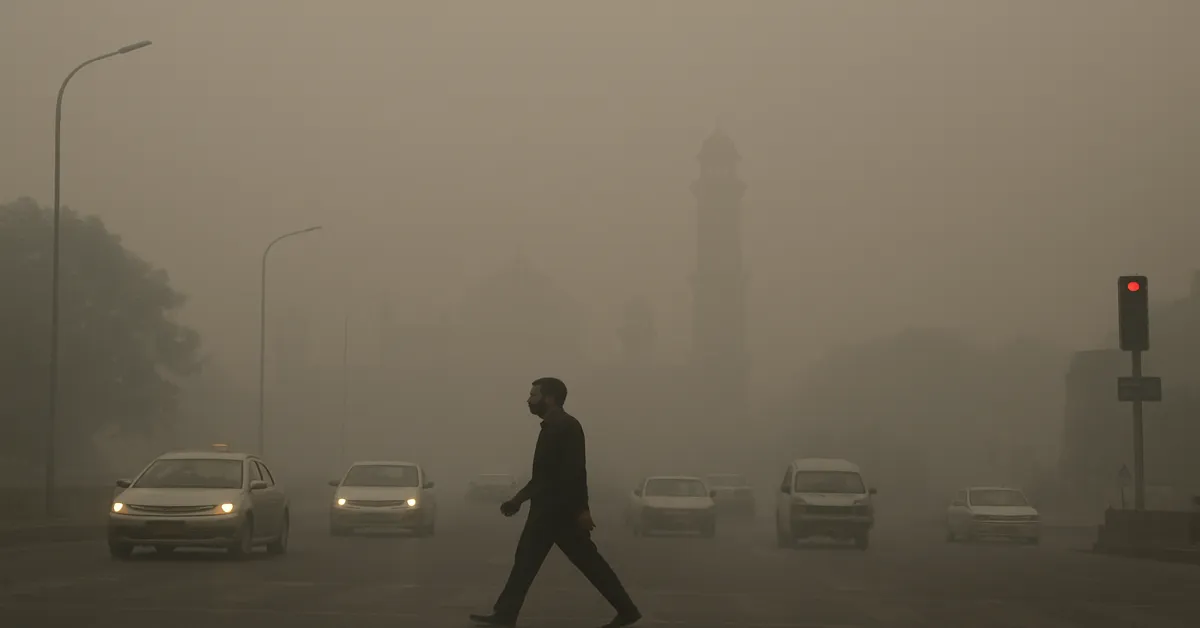
Lahore Smog Emergency 2025: Causes, Health Risks, Govt Actions & Safety Tips in Pakistan...

She Played Through Pain: The Untold True Story of the Tennis Star Who Hid Her Injury for Years...
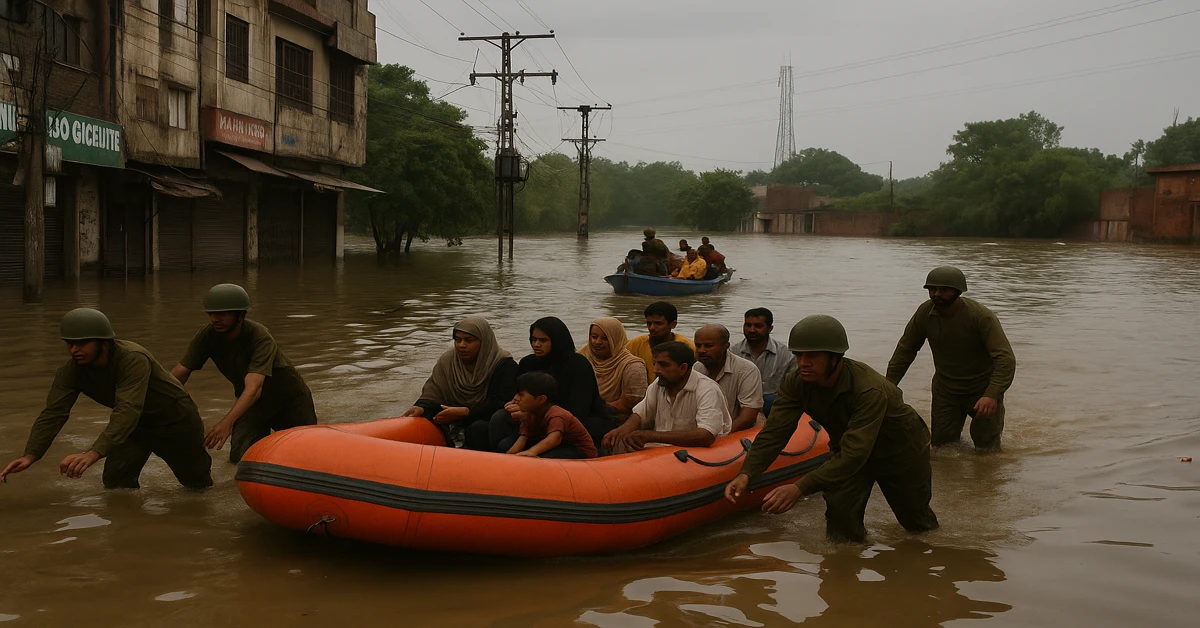
Pakistani Monsoon Flood Crisis 2025: Current Impact, What to Expect & How to Stay Safe...
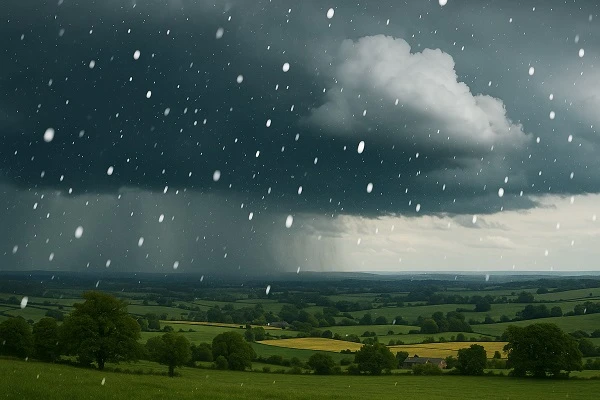
Future Hailstorm Predictions: What to Expect in Pakistan in 2025 and Beyond...
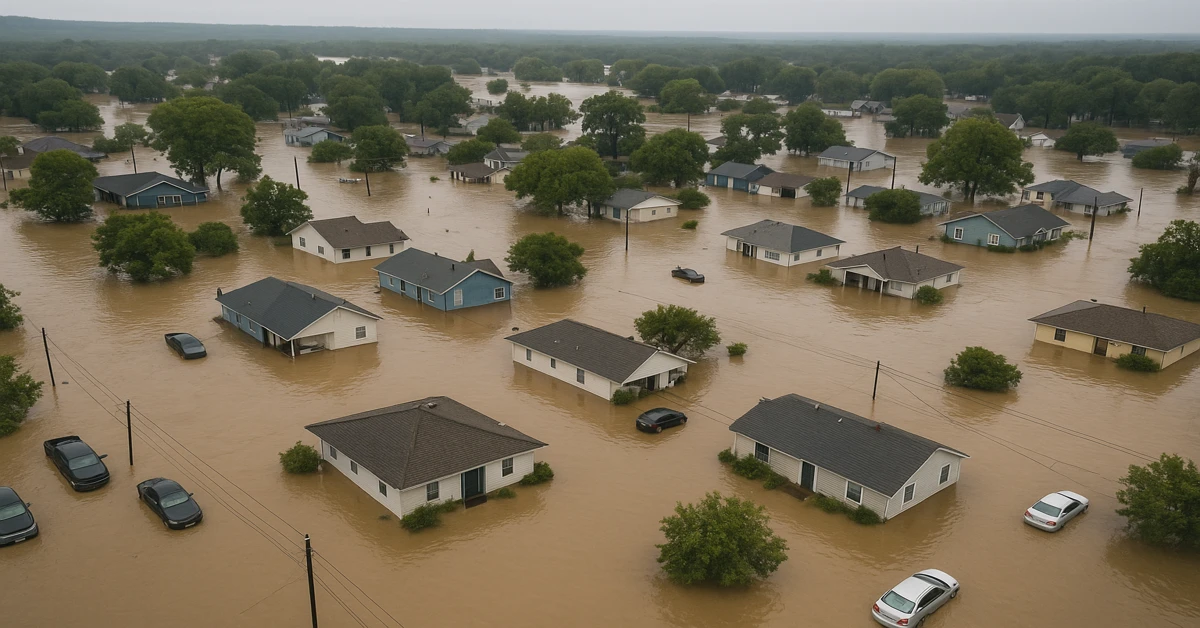
Texas Flood Tragedy: Doctor Fired Over Heartless Comment, Pat Green’s Family Lost & 7 Shocking Sto...
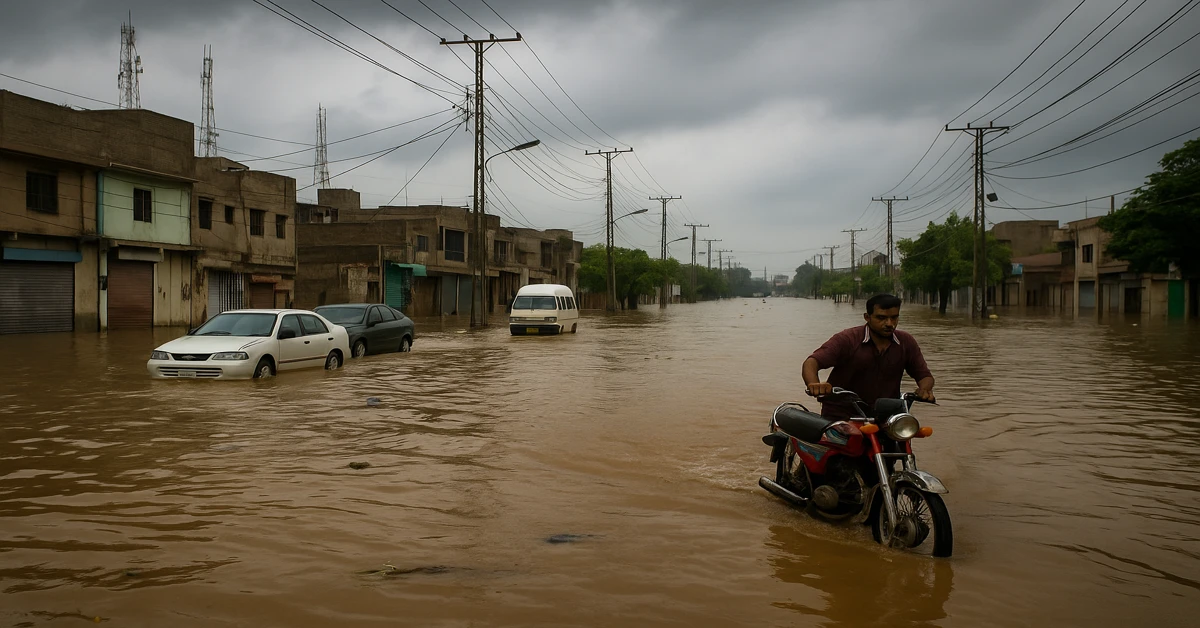
PMD Issues New Flood Alert in Pakistan from July 19 to July 25: Latest Updates & Death Toll...

Who Will Replace Djokovic, Nadal & Federer? The Future of Men’s Tennis...

